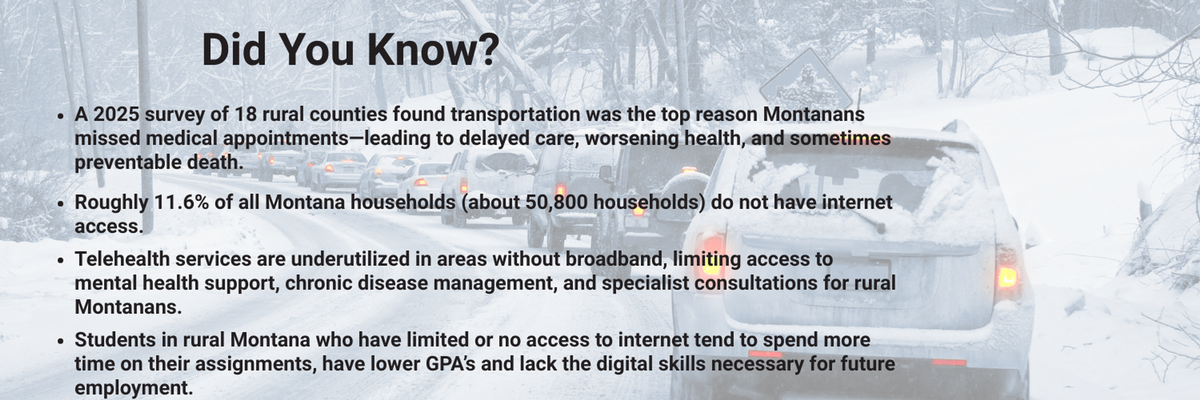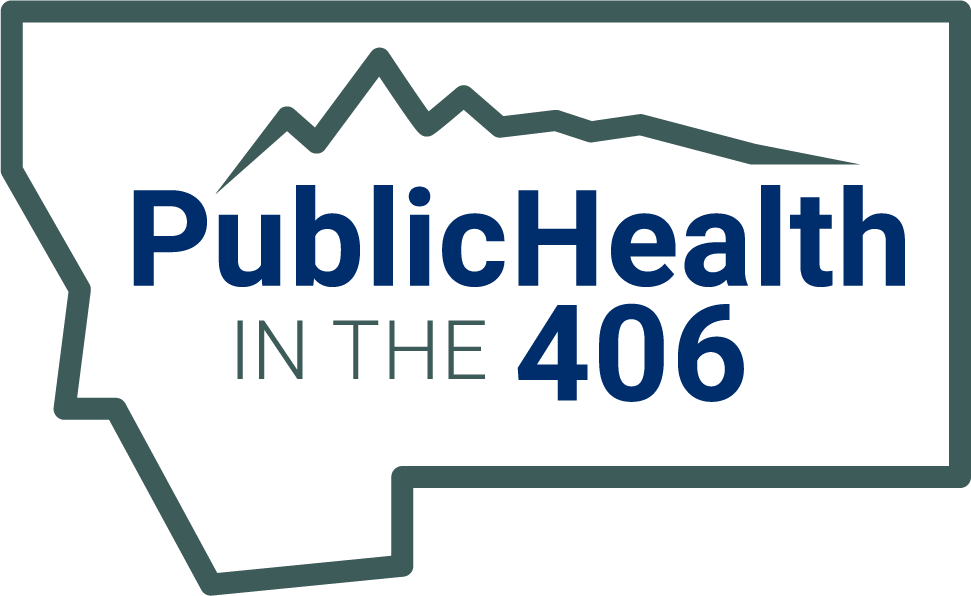Transportation

For those who do not have access to reliable, safe, and affordable transportation, accessing healthcare services is an insurmountable task. How communities are designed can also impact transportation access, through public buses or trains, free shuttles, adequate bike lines and updated sidewalks.
Transportation SDOH Areas of Focus
How neighborhoods are designed and built can either encourage various transportation types or hinder them. Designing cities to have wide sidewalks, encouraging pedestrian, bicycle and other motorized non-vehicular traffic allows everyone to enjoy safe and equitable transportation.
When people are unable to access safe and reliable transportation, they can't attend important medical appointments and retrieve prescriptions. People with chronic illnesses that require regular medical appointments need access to transportation in order for proper healthcare management. Those living in rural areas can face greater struggle in finding public transportation in small communities with limited resources.
From youth in elementary school up to college students, having reliable transportation means they can access education and expand their future horizons. Making sure that students have access to bus routes, safe bicycle lanes, and other transportation routes allows them to increase their access to educational opportunities.
When communities aren't built for a variety of transportation methods, community members can miss out on important social events. Lack of connection to others can lead to mental health changes. Walkable community design allows people to feel safe recreating outside.
For careers that aren't remote, reliable transportation means the employees can routinely arrive on time to work, either by driving, riding the bus, cycling or walking. This transportation must also be affordable to maintain and appropriate for the needs of the user.



